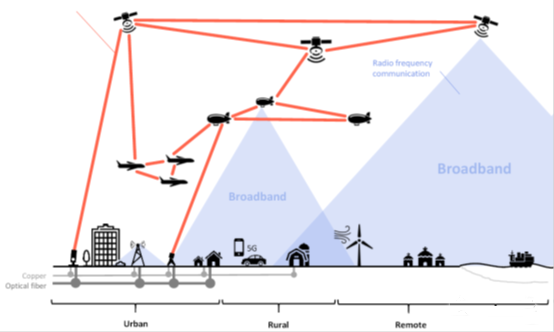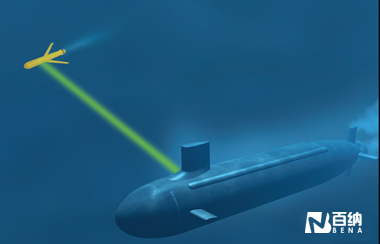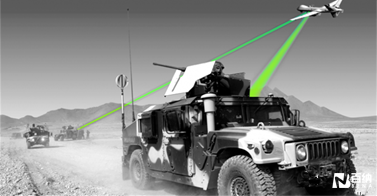
Satellite laser communication system
Free-space laser communication systems refer to platform-to-platform communication that directly uses laser beams as the information carrier. Compared to traditional microwave communication, free-space laser communication has the following advantages:
1) Increased communication bandwidth and larger information capacity;
2) Smaller, lighter, and lower power consumption communication terminals;
3) Strong directionality and high power density;
4) High confidentiality;
5) Light waves are an excellent transmission medium in deep space, with very low transmission loss.

Underwater laser communication
However, the extremely narrow characteristic of laser communication beams makes it very difficult for the receiving end to capture and track the beam. Therefore, Acquisition, Tracking, and Pointing (ATP) technology has become one of the key technologies in satellite laser communication. A typical laser communication ATP system mainly includes a coarse tracking gimbal, a Cassegrain telescope, a fast steering mirror (FSM) for fine tracking, and CCD sensors for both coarse and fine tracking.
Free-space laser communication involves high-precision beam pointing control. The pointing accuracy of traditional large servo frameworks can only reach the mrad level, while long-distance laser communication requires beam pointing accuracy at the urad level.

Laser communication between aerial platform and ground platform
The fsm mirror processed by Bena Optics have the advantage of ultra-high precision and are important components in free-space laser communication systems.